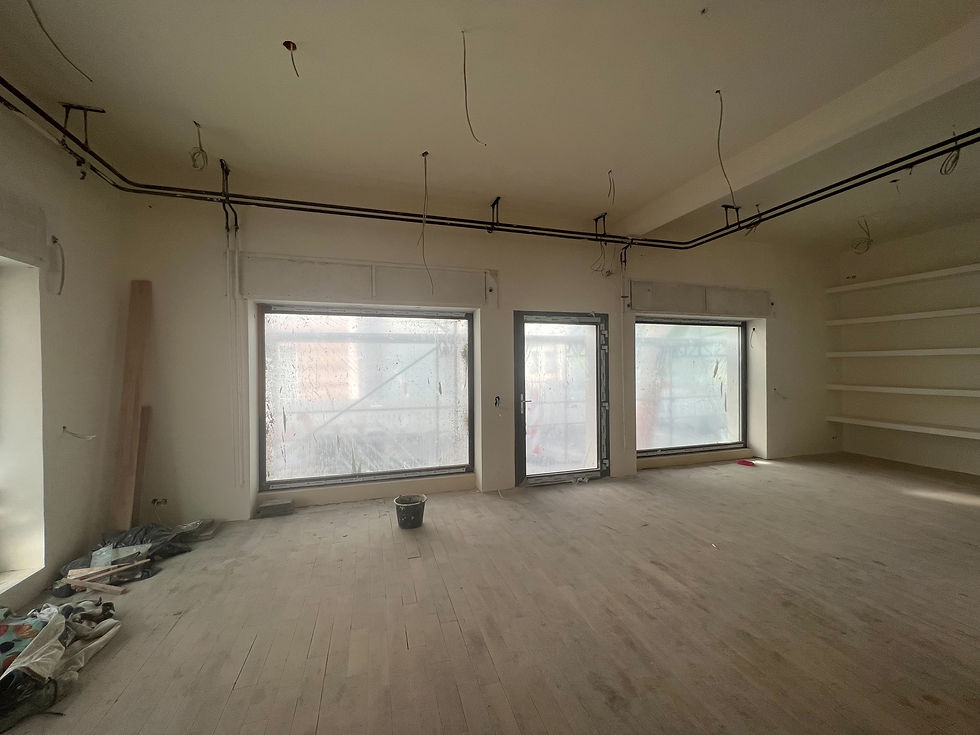Manchmal passieren Dinge, die sich ganz leise, aber zutiefst richtig anfühlen.Dass GQ Germany MAMO INTERIORS zu den Top 15
Möbel-Onlineshops in Deutschland gewählt hat, ist genau so ein Moment.
Natürlich ist es eine Ehre – zwischen Marken wie Westwing, Connox oder Zara Home genannt zu werden. Aber für mich ist es viel mehr als eine Platzierung in einem Magazin. Es ist eine Bestätigung für eine Idee, die ich seit Jahren mit mir trage: dass Räume unsere Stimmung beeinflussen können. Dass das Schöne uns stärkt. Und dass es sich lohnt, mit Klarheit und Haltung zu gestalten – statt mit Trends zu jagen.
Eine Geschichte, die bei mir zu Hause beginnt
Vor über 13 Jahren habe ich begonnen, als Interior Designerin unter dem Namen MAMO INTERIORS zu arbeiten. Damals noch ganz klassisch: mit Kundenprojekten, Moodboards, Raumkonzepten. Es war von Anfang an meine Art, Menschen zu helfen, sich in ihren Räumen wirklich zu Hause zu fühlen – nicht nur stilistisch, sondern emotional.
2024 habe ich dann den Schritt gewagt und den Shop in Ulm und den Online Shop gegründet. Allein, unabhängig, mit dem Wunsch, meine Haltung zu Design sichtbar zu machen. Der Shop ist – ganz ehrlich – wie mein Zuhause. Jedes Stück darin würde ich selbst bei mir einziehen lassen. Viele davon sind bereits da. Und alles, was du dort findest, ist bewusst gewählt: zeitlos, ästhetisch, oft handgemacht. Manches neu, manches Vintage. Aber immer mit Geschichte.

Dieses Zitat von Elsie de Wolfe, einer der ersten Interior Designerinnen überhaupt, begleitet mich schon lange. Es ist fast wie ein inneres Versprechen.Ich glaube daran, dass Schönheit keine Oberflächlichkeit ist, sondern ein tiefes menschliches Bedürfnis – gerade in Zeiten wie diesen, in denen so viel unsicher erscheint.
Ein schöner Raum kann ein Anker sein. Eine Kerze, ein Stuhl, ein Licht – sie können unser Empfinden verändern. Räume können heilen, inspirieren, schützen.
Design mit Seele. Und mit Auswahl.
Warum GQ uns als einen der Top 15 Möbel-Onlineshops gewählt hat
In meiner Arbeit – sowohl im Shop als auch im Interior Design – sehe ich immer wieder, wie überfordernd die heutige Bilderflut ist. Pinterest, Instagram, Möbelhäuser, Trends. Was fehlt, ist oft eine Vorauswahl mit Haltung. Eine Stimme, die sagt: „Das hier passt zusammen. Und das könnte deins sein.“
MAMO INTERIORS soll genau das sein: eine klare, ästhetische Stimme in der Masse. Ein Ort, der kuratiert, reduziert, fokussiert. Damit du leichter findest, was zu dir passt. Und was bleibt.
Eine Community, die Schönheit teilt
Ich mache MAMO allein – aber ich fühle mich nie allein damit. Denn über die Jahre ist eine kleine, feine Community entstanden: Menschen mit Sinn für Stil, für Werte, für Tiefe. Menschen, die Schönheit nicht als Luxus sehen, sondern als Teil eines guten Lebens.
Diese GQ-Auszeichnung ist deshalb nicht nur mein Moment – sie gehört uns allen. Danke, dass du da bist. Danke, dass du MAMO lebst.
Love,
Maresa
Founder MAMO INTERIORS































